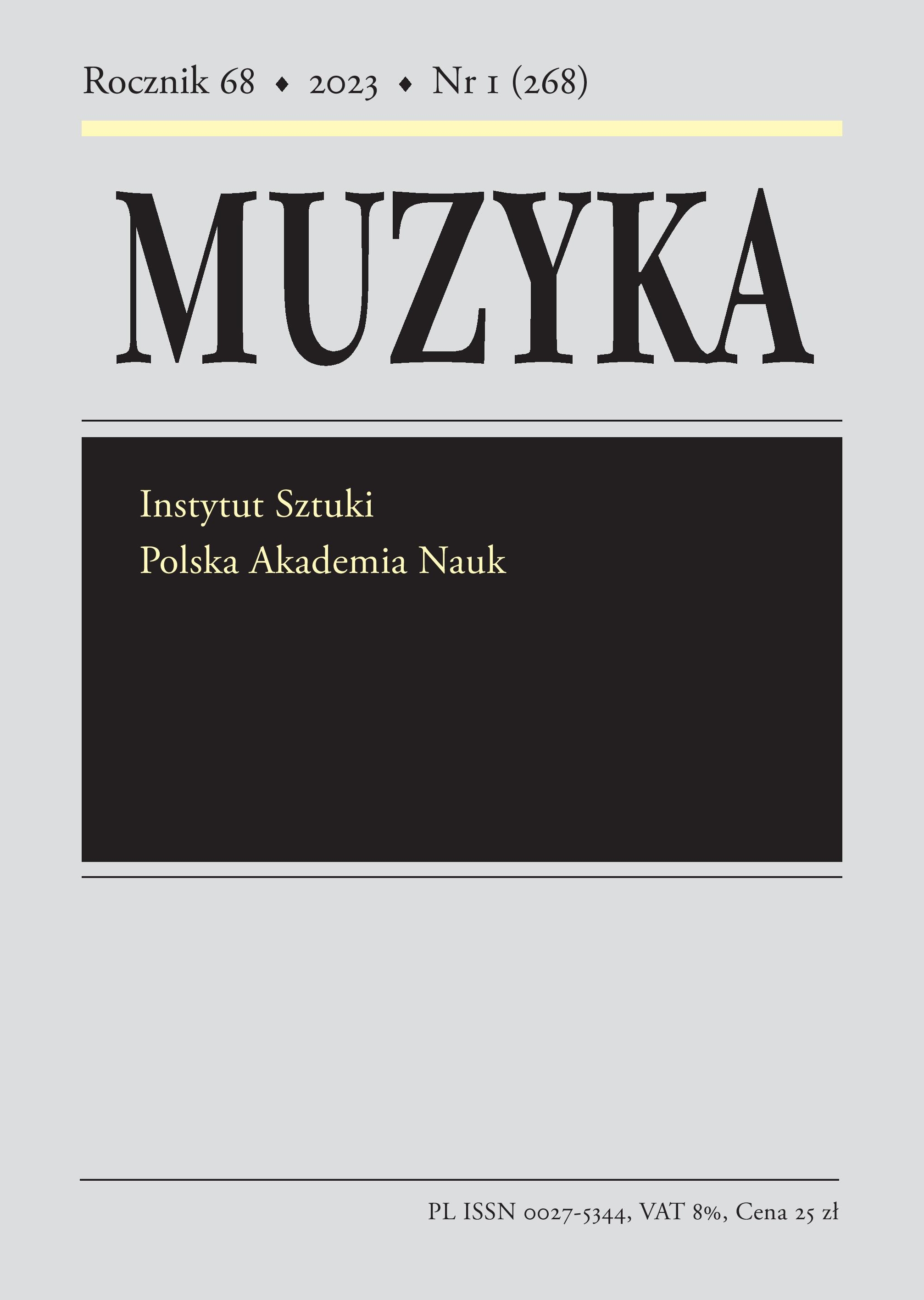Music and Patronage in Light of letters of Dedication: Wacław of Szamotuły, Valentin Bakfark and King Sigismund II Augustus
Music and Patronage in Light of letters of Dedication: Wacław of Szamotuły, Valentin Bakfark and King Sigismund II Augustus
Author(s): Ryszard WieczorekSubject(s): Music
Published by: Instytut Sztuki Polskiej Akademii Nauk
Keywords: Wacław of Szamotuły;Valentin Bakfark;Sigismund II Augustus;patronage;dedication letter;Lamentations;tablature
Summary/Abstract: In contemporary discourses of patronage in art, literature, theatre or music, the motives for becoming involved in patronage are a continuing subject of research interest. Although the area of motivation still remains unclear today, it is undoubtedly the case that the patrons’ initiatives were always linked to using the potential of art for political and propaganda purposes. With the arrival of music printing previous patronage practices took on a new shape. Printed editions, through their previously unachievable extent of distribution, now became a far-reaching instrument of representing high-born personages. The most common way of achieving this were dedication letters, produced with the intention of introducing a given work into broad social circulation. Among the few extant Polish music prints from the sixteenth century, the editions of works by Wacław of Szamotuły (1533) and Valentin Bakwark (1565) are of exceptional significance. This article investigates the paratexts included in this editions and examine both cases from the point of view of patronage practices. Paratexts in the two editions demonstrate the diversity of Renaissance patronage practices and provide examples of the rhetoric involved in the client-patron relationship. Wacław’s poem is exceptional not only against the background of Polish but also European music publishing. It does not contain a request for financial support but is a statement by someone deeply involved in the political life of the country and concerned about the fate of his homeland. Wacław’s poem should therefore be read in the political context and psychological climate of the Commonwealth at that time. It constitute an extension of diplomacy, introducing important accents into the policies of Sigismund Augustus. Bakwark’s dedication letter has a totally different character. It strikes the reader not only by its refined phraseology but also by the plethora of allusions from antique literature and the Bible. The most interesting aspect of the letter is the reference to the figure of Pope Leo X. Bakwark describes him as the perfect model of a Renaissance patron, to whom the world owed the development of art on a scale previously unknown. The letter contains also commentary on the style of Bakwark’s works and the characteristics of his compositional craft. The fact that the both dedications were written by the composers themselves, as well as the considerable length of both letters, point to the significance attached at that time to the paratexts. They indicated the importance of the achievements and activities of clients, at the same time building the prestige of the patron. But, above all, these paratexts demonstrate the different ways of exploiting the potential of art: in Wacław’s case, serving the aims of politics and propaganda; in the case of Bakwark, serving to create an image of the monarch as someone enlightened, sensitive and supportive of the art of music.
Journal: Muzyka
- Issue Year: 68/2023
- Issue No: 1
- Page Range: 155-181
- Page Count: 27
- Language: English

